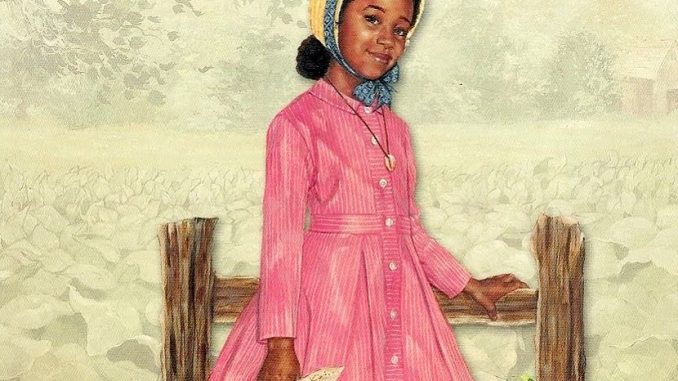

In 1846, Mumu along with over a thousand captured Africans were rescued by a British cruiser while the ship was embarking on a journey to the Americas.
Mumu – as she was called by the fellow Africans captured from the areas between Upper Guinea and the Winward Coast which is now home to countries like Serria Leone, Ivory Coast, Guinea and Ghana – was part of the lucky enslaved people who made it back to the shores of Africa thanks to the West African Squadron set up by the Royal Navy to help end slavery in Africa which was still thriving despite the abolishment of the trade in 1807.

Although she was called Mumu which has come to be written as her African name, it is worthy to clarify that Mumu is not an actual name but a vernacular word which originates from Nigeria among the Yoruba to define a person who is deaf or dumb. Over the years, it has become a West African terminology especially in countries along the coast.
What makes Mumu special is the fact that she was a deaf 12-year-old girl traumatized not only by the experience of being captured and forced onto a ship but also by seeing her father, who was also captured, being killed in front of her. Her delicate condition greatly moved the British cruiser who remains unknown to take care of her.
After being rescued, Mumu was returned to Serria Leone but could not be taken to her home. She was taken to Charlotte in Serra Leone which was a
developing settlement along the coast and enrolled in a school that the government established and put under the Church Missionary Society to educate freed girls who had been saved from slavery but displaced. Several of the girls came from other parts of West Africa and it was hard to trace their homes.

Mumu exhibited great skill and intelligence while in school but her deafness made it hard to cope. Luckily for her, her intelligence gained the attention of the Bath Deaf and Dumb Institution in the United Kingdom and in 1853, at the age of 15 she was taken to England to continue her education.
While in England, she coped well and adjusted very fast excelling in her academics and started preparing for Baptism to become a Christian at her own will. When Mumu was almost 20, she was baptized into Christianity by the church and given the Christian name Annie Jane.

Although she died at the age of 28 after a short illness in May of 1866, Annie Jane became a missionary and prayed fervently for her mother in Sierra Leone and her father as well, that the two be accepted by God.
A few years before her death, Annie Jane moved to Islington to offer herself to the Church Missionary College and its church but later moved back to the Bath institute until her death.
She never returned to Sierra Leone but according to an article on ucl.ac.uk, the marks on her face were proof that she was from a particular tribe from Sierra Leone which was along the coast.




